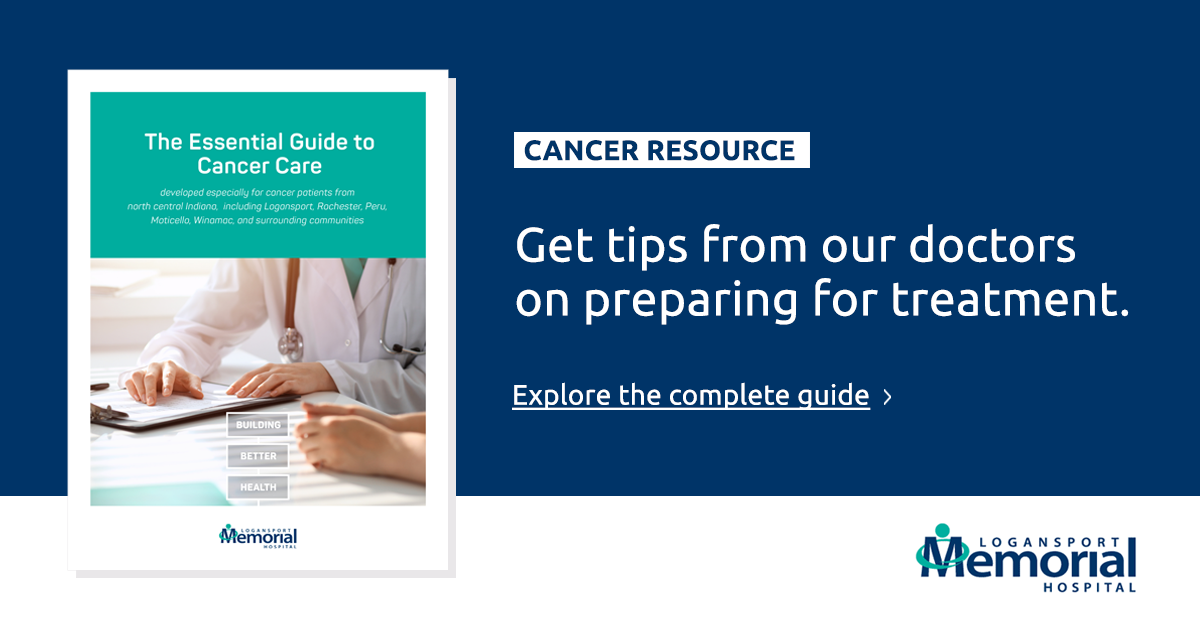
Unfortunately, there is no one-size-fits-all answer for what it means to live with breast cancer because there are many different types of breast cancer.
As part of the diagnosis and treatment process, your provider and care team will work with a pathologist to analyze many different factors to determine which type of breast cancer you have and make customized recommendations to help you get better.
Common types of breast cancer
The four most common types of breast cancer include:
- ductal carcinoma in situ
- invasive ductal carcinoma
- lobular carcinoma in situ
- invasive lobular carcinoma
In some cases, a single cancerous tumor or lump in your breast may include more than one type of breast cancer.
DUCTAL CARCINOMA
Ductal carcinoma is the term for a category of breast cancer that starts by growing in the lining of a milk duct. When breast cancer remains in your milk duct, it is called ductal carcinoma in situ. When cancer spreads from the milk duct, it is called invasive ductal carcinoma.
Nearly 80 percent of all patients have invasive ductal carcinoma.
LOBULAR CARCINOMA
Lobular carcinoma is the term for a category of breast cancer that forms in your breast’s lobules, where breast milk is produced. When breast cancer cells stay in the lobules, it is called lobular carcinoma in situ. When cancer spreads from the lobules to other areas of the body, it is called invasive lobular carcinoma.
Around 10% of patients who get invasive types of breast cancer have invasive lobular carcinomas. Though this kind of breast cancer can affect you at any age, it is most common in older women.
In situ vs. invasive
If your provider describes your breast cancer as being in situ, it means that your tumor is non-invasive. It has remained where it formed, and the breast cancer has not spread or invaded other neighboring tissue elsewhere in your body.
If your form of cancer is described as invasive that means the breast cancer cells are spreading into other normal, healthy tissues in your body. When breast cancer spreads, it may go to your lymph nodes, brain, bones, liver, or lungs.
BREAST CANCER TREATMENT OPTIONS
After diagnosis, your provider will walk you through all of the risks and benefits for available breast cancer treatment options and help you make a treatment plan to meet your personal and medical needs.
They will provide guidance based on what they learn about your tumor from your pathology report, imaging tests, and other details understood by gathering information about your cancer’s chemical and genetic makeup.

Preventing breast cancer
One in eight women will get a breast cancer diagnosis, making breast cancer the most common type of cancer for women after skin cancer, and—even though breast cancer is far less common for male patients—even some men will have to battle breast cancer during their lives, too.
The best way to reduce your risk and find breast cancer is with early detection. The American Cancer Society recommends that women ages 45 and older start getting a yearly mammogram screening to look for anything abnormal.
At the Logansport Memorial Women’s Health Center, you will meet with expert clinicians who work with the latest technologies, seeking to find breast cancer early when it is most treatable.
Request an appointment online or by calling (574) 722-3566.
You might also like:
- 5 common breast cancer warning signs
- Questions to ask about breast cancer screenings
- 4 things you need to know about mammograms




